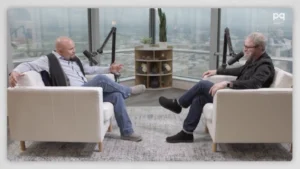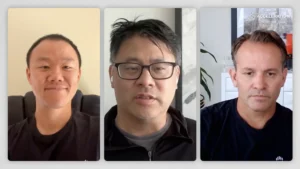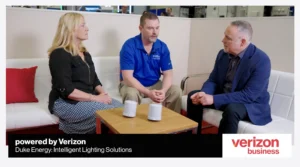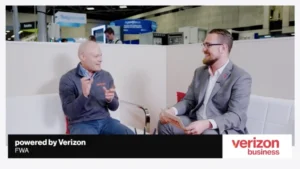E2B: Energy to Business: Changing Hands: Keys to Downstream M&A IT Integration
The trend of downstream mergers and acquisitions (M&A) is a tumultuous one as assets, especially crude oil refineries, trade hands so often. The impetus behind downstream M&A can be attributed to embracing new workflows to make processes more efficient or upgrades or add-ons to software systems and applications for operations to produce renewable fuels or become a link in the supply chain for refined fuels. And as refineries trade hands from integrated oil giants to independent refiners so do the myriad of technologies, software systems, data, applications, and personnel, much of which is the responsibility of IT teams to execute.
On this episode of E2B: Energy to Business, host Daniel Litwin talks with Kent Landrum, Managing Director at Opportune LLP, Steve Roberts, Director at Opportune LLP, and Richard Loew, CEO at BlueBox, a global brand activation platform that utilizes AI and IoT to improve digital-out-of-home advertising, as well as customer accessibility.
The group examined the tools to better understand how best to acquire and integrate successful downstream assets and why a business/IT alignment is one of the critical strategies to realize a new acquisition. They dug deep into trends motivating acquisitions and technology integrations in today’s energy industry, as well as how to make the most of it for all departments involved to maximize the influx of data, resources, and personnel.
“One of the keys with any of these transactions is to understand the purpose and the value that the buyer is looking for and actually understand why the seller is divesting,” Loew says. “Once you understand that, be it IT, HR, whichever function it is, then you can best work with the function and work with the overall enterprise to make the deal go through successfully and, therefore, to recognize that value.”
“If you don’t understand the deal construct or why it is you’re doing the deal, it’s hit or miss,” Loew continues. “You’re not all on the boat or not all rowing in the same direction. So, from an IT perspective, we need to understand what the business is trying to get out of it so we can help the business get there.”
Having been involved in six refinery acquisition projects (primarily buy-side), Landrum shared insight from his unique experience serving in a variety of roles from leading commercial systems to overseeing the overall IT applications.
“The thing that I consistently see as a big challenge is the scope and complexity are the biggest hallmarks of these types of projects,” Landrum says. “There are so many systems involved in the transition that it takes a lot of work to make sure that you take care of the network, servers, PCs, laptops, tablets, phones, and so on. On top of that, you’ll have 300, 400, or even 500 applications that a business uses to operate the refinery itself or back-office functions like HR and finance, so that creates a lot of challenges.”
Listen to hear more about the intricacies involved during downstream M&A IT integration processes.









